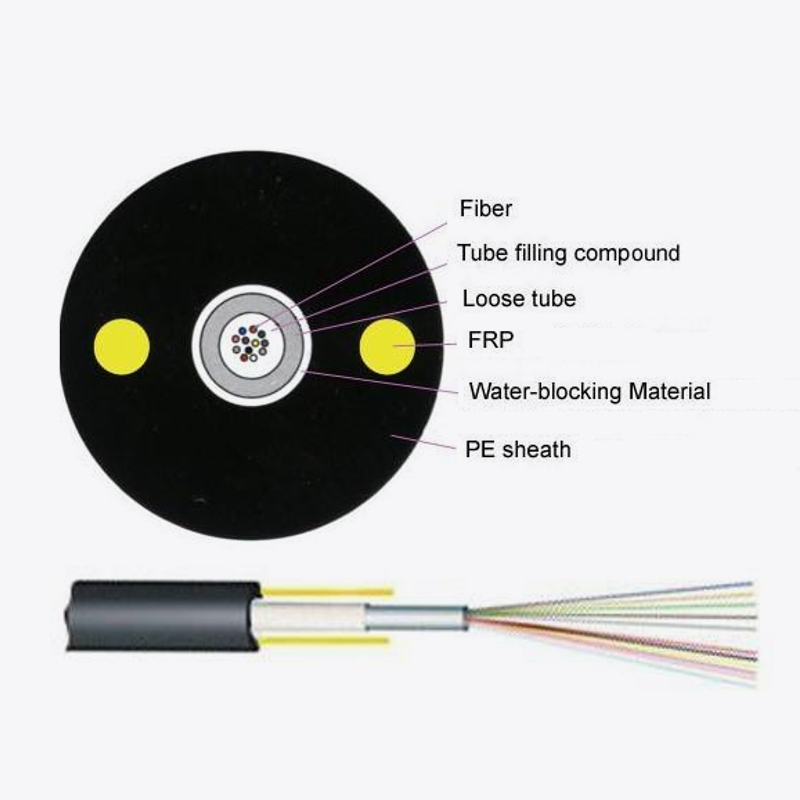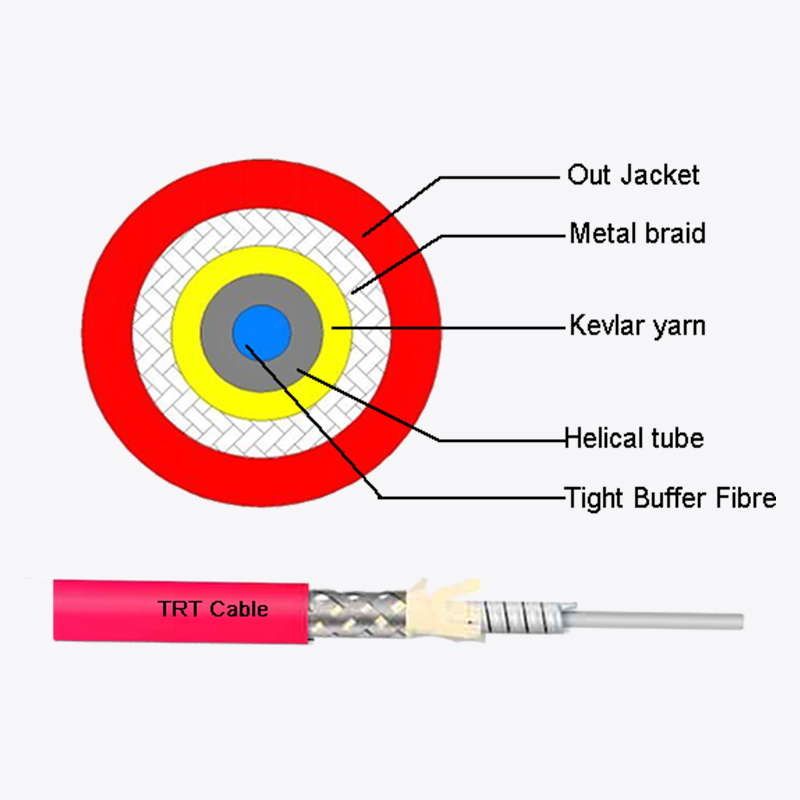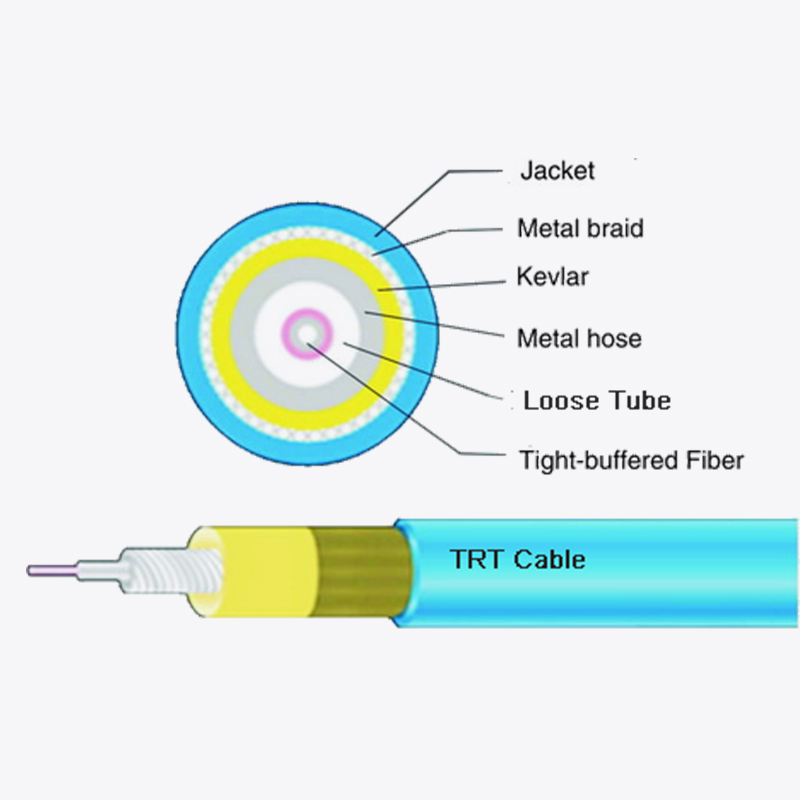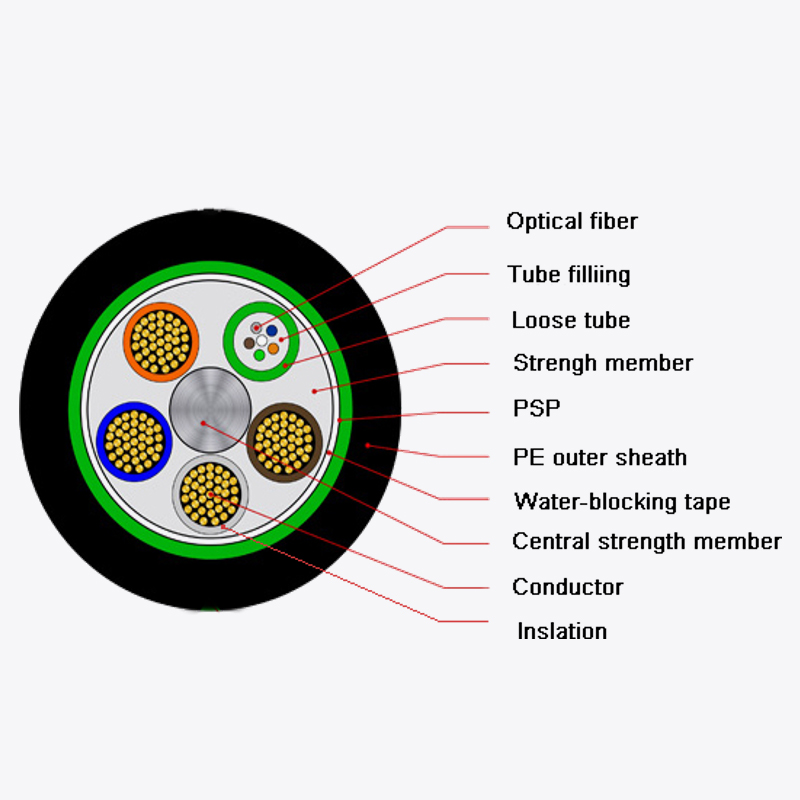Web Menu
Product Search
Exit Menu
Why Choose unitube non-armored cable (gyxy) for Your Fiber Optic Needs?

Why Choose unitube non-armored cable (gyxy) for Your Fiber Optic Needs?
Fiber optic cables are the backbone of modern communication networks, enabling high-speed data transmission across vast distances. Among the various types of fiber optic cables available, the unitube non-armored cable (gyxy) stands out as a reliable and cost-effective solution for many applications. Unlike armored cables, which have additional metallic protection, gyxy cables are designed with a lightweight and flexible structure, making them ideal for environments where mechanical protection is less critical but ease of installation and durability are still priorities.
Understanding gyxy Non-Armored Cable: Structure and Design
The unitube non-armored cable (gyxy) is constructed with a single loose tube design, where optical fibers are housed within a central PBT (polybutylene terephthalate) tube. This tube is surrounded by strength members, typically made of fiberglass or aramid yarn, which provide tensile reinforcement while maintaining flexibility. The outer sheath is usually made of polyethylene (PE) or flame-retardant materials (LSZH) depending on the installation environment.
One of the defining features of gyxy cables is their lightweight and flexible structure. Since they lack metallic armoring, they are easier to handle and install compared to armored variants. The absence of metal components also makes them immune to electromagnetic interference (EMI), which can be a concern in areas with high electrical noise.
Additionally, the cable’s tight buffered or loose tube fiber arrangement ensures protection against moisture and mechanical stress. Some versions include water-blocking gel or dry water-resistant materials to prevent damage in humid or underground conditions.
Advantages Over Traditional Armored Cables
While armored fiber optic cables are necessary in harsh environments where rodents, crushing forces, or extreme mechanical stress are concerns, gyxy non-armored cables offer several advantages in less demanding scenarios:
1. Lighter Weight and Easier Installation
Without the extra metal shielding, gyxy cables are significantly lighter, reducing the logistical burden during deployment. This makes them particularly suitable for aerial installations (e.g., suspended on poles) and duct laying, where excessive weight can complicate handling.
2. Cost Efficiency
Since non-armored cables require fewer materials, they are generally more economical than their armored counterparts. For projects where external protection is already provided (e.g., inner duct conduits or controlled indoor environments), the additional cost of armored cables may not be justified.
3. Flexibility and Bend Resistance
The absence of rigid metal layers allows gyxy cables to have a smaller bending radius, making them easier to route around corners and through tight spaces. This is particularly beneficial in data centers, FTTH (Fiber to the Home) networks, and office cabling systems, where space constraints are common.
4. Immunity to Electromagnetic Interference (EMI)
Unlike cables with metallic components, gyxy cables are not susceptible to EMI, making them a safer choice in environments with high-voltage equipment or radio frequency interference.
However, it is important to note that non-armored cables are not suitable for direct burial or areas with high rodent activity unless additional protective conduits are used.
Ideal Applications and Installation Best Practices
The unitube non-armored cable (gyxy) is widely used in scenarios where mechanical protection is secondary to flexibility and ease of installation. Some common applications include:
1. Duct and Conduit Installations
When placed inside pre-installed ducts or microducts, gyxy cables are well-protected from external pressures, eliminating the need for additional armoring. Their smooth outer sheath allows for easy pulling without excessive friction.
2. Aerial Deployments
Thanks to their lightweight nature, these cables are often used in overhead installations, supported by messenger wires or existing utility lines. Proper tension management and UV-resistant sheathing ensure long-term durability.
3. Indoor and Data Center Use
For enterprise networks, data centers, and office buildings, gyxy cables provide a clean and flexible solution. The LSZH (Low Smoke Zero Halogen) variant is preferred in indoor spaces due to its fire-retardant properties.
Installation Best Practices
- Avoid excessive pulling tension during installation to prevent fiber strain.
- Maintain proper bending radius (typically 10-20 times the cable diameter) to avoid signal loss.
- Use appropriate cable trays or conduits in environments where accidental damage is possible.
- Ensure proper sealing at termination points to prevent moisture ingress in outdoor setups.
Key Considerations for Network Deployment
When selecting gyxy non-armored cables for a project, several factors should be evaluated:
1. Environmental Conditions
- Temperature range: Standard gyxy cables typically operate between -20°C to +60°C, but specialized versions can handle more extreme conditions.
- Moisture resistance: For outdoor or underground applications, water-blocking features are essential.
2. Tensile Strength and Durability
While non-armored cables are not designed for high-stress environments, their fiberglass or aramid yarn reinforcement provides sufficient tensile strength for most aerial and duct installations.
3. Long-Term Reliability
Properly installed gyxy cables can last decades with minimal signal degradation, provided they are shielded from excessive mechanical stress.
4. Compatibility with Existing Infrastructure
Since gyxy cables come in various fiber counts (from 2 to 144 fibers or more), it’s important to choose a configuration that matches network expansion plans.
The unitube non-armored cable (gyxy) is a versatile and cost-effective solution for many fiber optic applications where extreme mechanical protection is unnecessary. Its lightweight design, flexibility, and resistance to EMI make it an excellent choice for duct, aerial, and indoor installations.
However, proper selection and installation are crucial to ensuring long-term performance. By assessing environmental conditions, tensile requirements, and future scalability, network planners can determine whether gyxy cables are the right fit for their projects.
For scenarios requiring additional protection, armored or reinforced cables may be more appropriate. But in standard deployments where ease of installation and cost efficiency are priorities, gyxy non-armored cables remain a reliable and efficient choice.
 Address:Zhong'an Road, Puzhuang Town, Suzhou City, Jiangsu Prov., China
Address:Zhong'an Road, Puzhuang Town, Suzhou City, Jiangsu Prov., China Phone:+86-189 1350 1815
Phone:+86-189 1350 1815 Tel:+86-512-66392923
Tel:+86-512-66392923 Fax:+86-512-66383830
Fax:+86-512-66383830 Email:[email protected]
Email:[email protected] Wechat: xiaobin18913501815
Wechat: xiaobin18913501815 whatsapp: +86 18913501815
whatsapp: +86 18913501815
 0
0

 English
English русский
русский Español
Español Português
Português عربى
عربى



